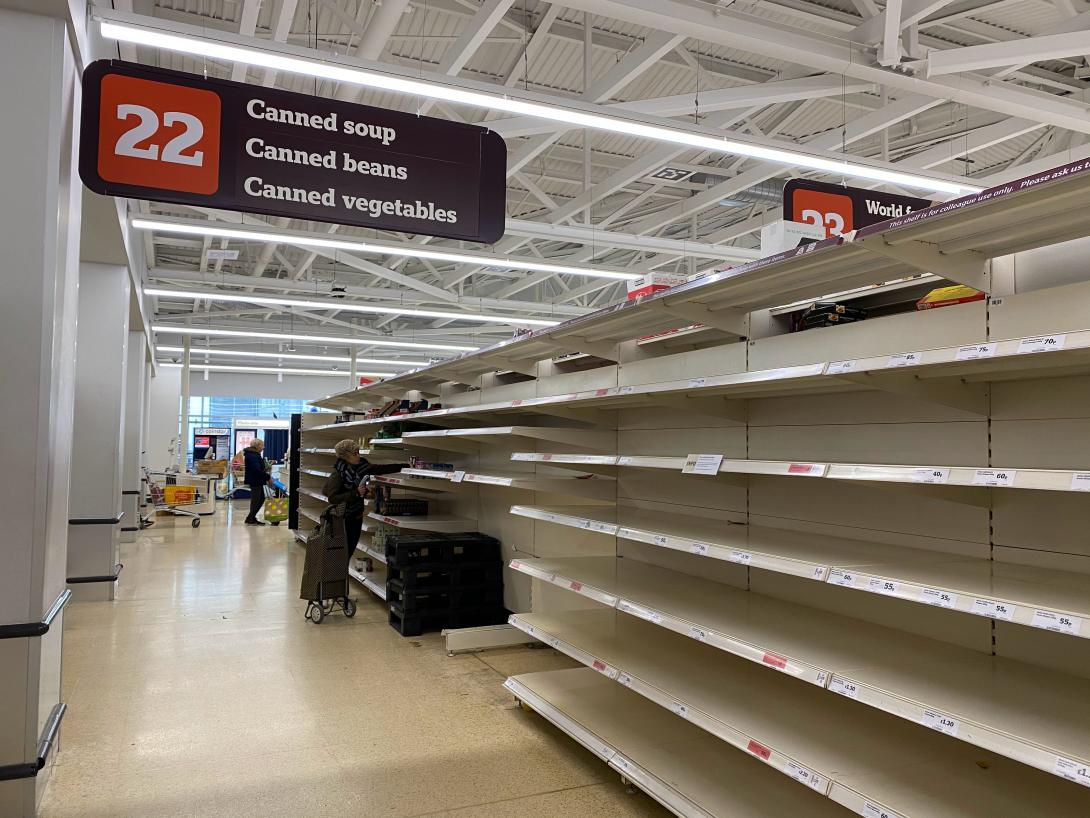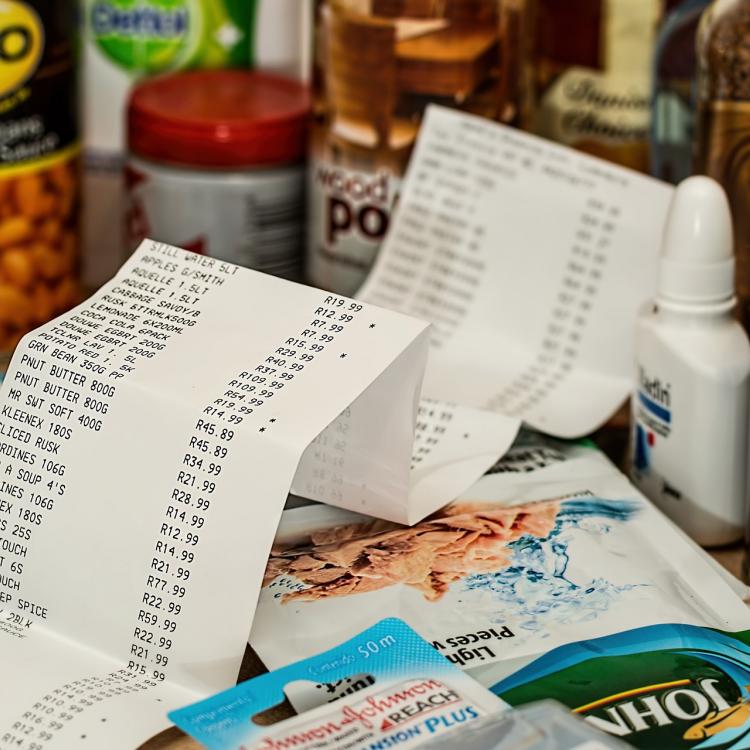18 November 2021
Food Prices Tracking: Why are food prices rising?

by Shona Goudie
In recent months, stories of climbing food prices, empty supermarket shelves, and shortages of food in schools and in foodbanks have been filling the headlines. Between February and July 2021, 1 in 10 households in the UK experienced food insecurity1 – during a time when food prices were relatively stable2. This raises serious concerns that food price inflation could further exacerbate food insecurity, resulting in an increasing number of people going hungry or having to rely on low nutritional quality food over the winter. In this blog we explore the factors that are contributing to these rising food prices.
Spikes in fuel prices and inflation are having a knock-on effect on food prices
A major driver of food price inflation is fuel and CO2 shortages that are impacting right along the food supply chain: fuel is needed in the production process and for lorries to deliver food; CO2 is needed to stun animals, increase shelf life of products, enhance growth in greenhouses and make dry ice to keep food cool in transport and fertiliser, amongst other things3. Fuel shortages are occurring globally due to a rebound in demand after lows during the pandemic, issues with transport and low natural gas stockpiles4. The knock-on increases in fuel prices have meant that fertiliser factories that produce CO2 as a by product have had to run at lower output resulting in CO2 shortages as well5. Inflation in other non-food products is also increasing the cost of materials needed in the supply chain such as packaging and animal feed6. This increase in costs along the supply chain is reducing ability to produce food and increasing the cost of doing so, therefore having a knock-on effect on food prices.
Labour shortages are impacting across all areas of the food supply chain
Estimates suggest that there is a substantial shortage of half a million workers across all areas of the supply chain from pickers and packers, processing plant workers, abattoir workers, HGV drivers, port workers, and catering and hospitality staff7,8. These shortages have largely arisen from a combination of restrictions related to Covid and Brexit, resulting in a decrease in low-cost labour. The decline in HGV driver numbers, although exacerbated by Covid and Brexit, is not a short term issue – numbers have been declining since 2016/179.
This substantial deficit is leading to food shortages for certain products and categories. For example, an NFU survey reported that there were 34% fewer workers than needed by fruit and veg growers in July and August (peak harvesting season)10 resulting in food going to waste and farmers cutting down on production11. Similarly, the British Poultry Council report laying down approximately 20% less turkeys than last year due to concerns about finding workers to slaughter and process the meat12. It is now being reported that meat producers are sending carcasses to Ireland for butchering due to the labour shortage13, and culling pigs due to the backlog14.
This decreased supply combined with the increased wages being required to try and fill the workforce are inevitably leading to higher food prices. According to the British Retail Consortium a 10% increase in labour costs over three years will result in a 2% increase in food prices15. However, increased wages is a positive step for workers in the food system given that 71% of food sector workers earn less than £10/hour and Food Foundation data in January 2020 found that 14% of food sector workers had experienced food insecurity in the past six months16.
Global food price rises impacting in the UK
Food price rises are not just being seen in the UK. The effect of fuel shortages and the impact of Covid on the labour force has been seen in many countries across the world. Another contributing factor to global food prices is climate change impacting on harvests. Droughts in Russia, North America and Argentina have been a large contributor to the spike in wheat prices and droughts in Canada have increased oat prices17. Similarly, decreased supply of sugar due to frost damage in Brazil has impacted on sugar prices in recent months18.
Check out The Food Foundation’s Food Price Tracker
As food, fuel and labour shortages globally and in the UK persist in impacting on food prices in the coming months, we will continue to monitor what’s happening to food prices and the drivers behind these on our Food Price Tracker. See here for the first of our monthly blogs on what’s happening with food prices.





